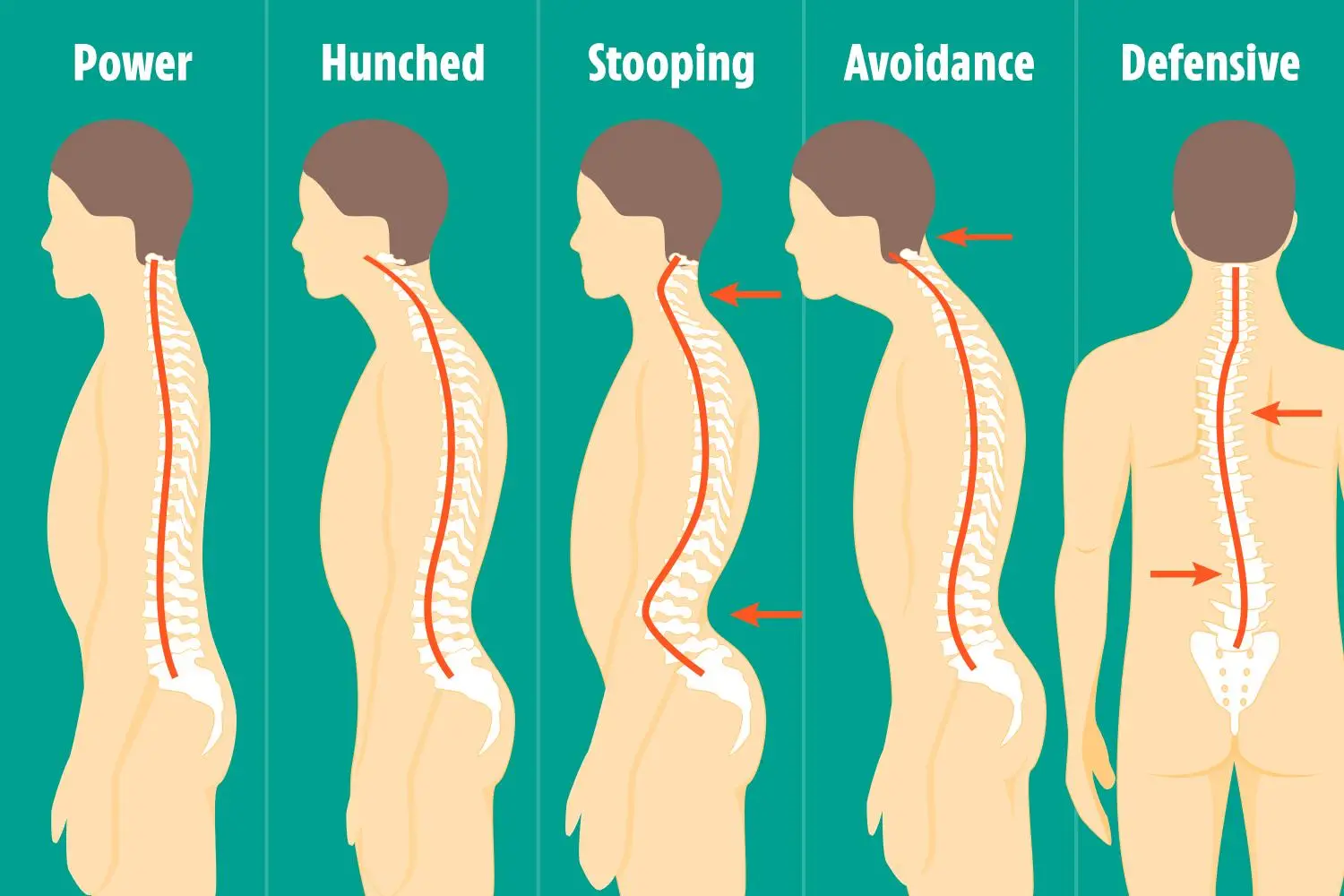In a world where slouching over screens and hunching at desks has become the norm, the quest for perfect posture seems like an elusive goal. But fear not, as we unveil a collection of tips and tricks to help you achieve better alignment and stand tall with confidence. Welcome to “Posture Perfect: Tips for Better Alignment”.
Improving Posture for Overall Health

Having good posture is not only important for looking confident, but it also plays a significant role in our overall health and well-being. Poor posture can lead to aches, pains, and even more serious health issues over time. Here are some tips to help you improve your posture and align your body for better health:
- Be mindful of your posture: Pay attention to how you sit, stand, and walk throughout the day. Make a conscious effort to keep your spine straight and your shoulders back.
- Practice daily stretches: Incorporating stretching exercises into your daily routine can help improve flexibility and strengthen the muscles that support good posture.
- Ergonomic work setup: Make sure your workstation is set up ergonomically to prevent slouching. Keep your computer screen at eye level, use a supportive chair, and take breaks to move and stretch regularly.
- Core-strengthening exercises: Strong core muscles can help support proper posture. Include exercises like planks, lunges, and yoga poses in your workout routine to strengthen your core and improve your alignment.
| Posture Tip | Benefits |
|---|---|
| Be mindful of your posture | Prevents back pain |
| Practice daily stretches | Improves flexibility |
| Ergonomic work setup | Prevents slouching |
| Core-strengthening exercises | Supports proper alignment |
Key Factors Influencing Posture Alignment

Proper alignment is essential for maintaining good posture, which in turn can help prevent discomfort and reduce the risk of injury. Several key factors play a role in influencing posture alignment, including:
- Muscle Strength: Weak muscles can lead to poor posture as they are unable to support the body properly. Strengthening the core, back, and leg muscles can help improve alignment.
- Flexibility: Limited flexibility in muscles and joints can also affect posture. Regular stretching and activities like yoga can help loosen tight muscles and improve range of motion.
- Body Awareness: Being mindful of body positioning throughout the day can help prevent slouching or hunching over, which can negatively impact alignment.
- Ergonomics: Proper ergonomics at work and home, such as having an ergonomic chair and desk setup, can help support good posture and reduce strain on the body.
By addressing these key factors and making conscious efforts to improve posture, individuals can maintain better alignment, reduce discomfort, and improve overall health and well-being.
Ergonomic Tips for Correct Posture

Whether you’re sitting at a desk all day or standing on your feet for long periods, maintaining proper posture is essential for overall health and well-being. Poor posture can lead to aches, pains, and even long-term health problems. To help you achieve better alignment, here are some :
- Keep your feet flat on the floor
- Ensure your knees are at a 90-degree angle
- Sit back in your chair with your back supported
- Avoid slouching or leaning forward
- Adjust your computer screen to eye level
- Take regular breaks to stretch and walk around
By incorporating these tips into your daily routine, you can improve your posture and reduce the risk of developing musculoskeletal issues. Remember, good posture is not just about how you look – it’s about how you feel and function. So, stand tall, sit straight, and take care of your body.
| Tip | Benefits |
|---|---|
| Keep feet flat on the floor | Improves circulation |
| Sit back in your chair | Reduces strain on the back |
| Take regular breaks | Prevents stiffness and fatigue |
Exercises to Strengthen Posture Muscles

Having good posture is not only important for looking confident and professional, but it also plays a crucial role in preventing back pain and other musculoskeletal issues. By strengthening the muscles that support your spine, you can improve your alignment and overall posture. Here are some exercises to help you strengthen your posture muscles:
- Plank: This exercise engages your core muscles, including your abdominal muscles and lower back, which are essential for maintaining proper posture.
- Bridge: Bridges target your glutes and lower back, helping to stabilize your pelvis and improve your overall posture.
- Rows: Using resistance bands or dumbbells, rows work the muscles between your shoulder blades, which are important for keeping your shoulders back and down, preventing slouching.
- Deadlifts: Deadlifts are great for strengthening your lower back, hamstrings, and glutes, which all play a role in supporting your spine and promoting good posture.
| Exercise | Target Muscles |
|---|---|
| Plank | Core muscles (abdominals, lower back) |
| Bridge | Glutes, lower back |
| Rows | Muscles between shoulder blades |
| Deadlifts | Lower back, hamstrings, glutes |
Q&A
Q: Why is posture important?
A: Posture is the foundation of good health and can affect everything from breathing to digestion.
Q: What are some common posture mistakes people make?
A: Slouching, hunching over, and tilting the head forward are all common posture mistakes that can lead to back and neck pain.
Q: How can I improve my posture?
A: Try incorporating exercises that strengthen your core and back muscles, and be mindful of your alignment throughout the day.
Q: Are there any tips for better alignment while sitting at a desk?
A: Yes, make sure your feet are flat on the floor, your lower back is supported, and your computer screen is at eye level to prevent slouching.
Q: How often should I check my posture?
A: It’s a good idea to check in with your posture throughout the day, especially if you have a desk job or are prone to slouching.
Key Takeaways
In conclusion, maintaining good posture is essential for overall health and well-being. By following these tips for better alignment, you can improve your posture and reduce the risk of developing pain and discomfort. Remember to be mindful of your posture throughout the day, practice regular stretching and strengthening exercises, and seek professional help if needed. With a little effort and attention, you can achieve a posture-perfect stance that will benefit you now and for years to come. Stay aligned and stand tall!



